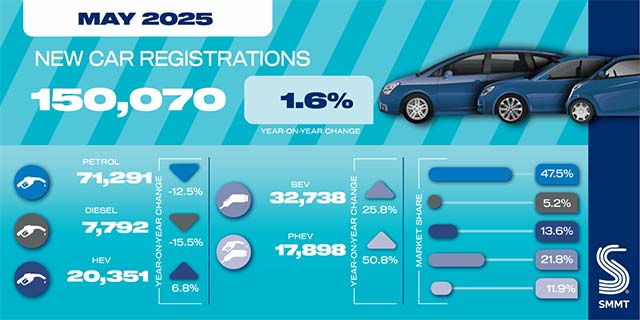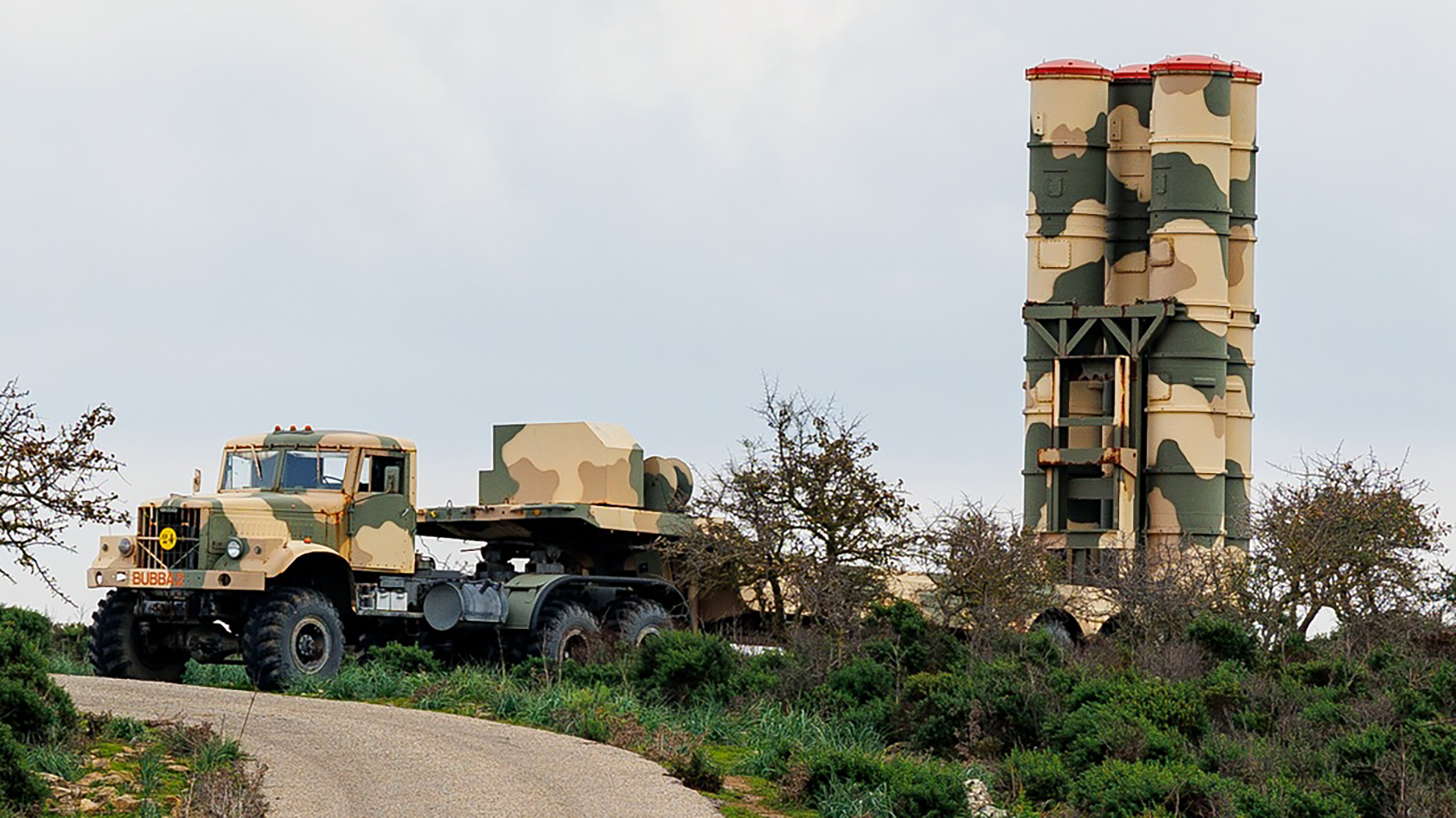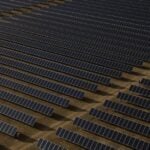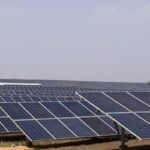Kinetically‐Enhanced Gradient Modulator Layer Enables Wide‐Temperature Ultralong‐Life All‐Solid‐State Lithium‐Sulfur Batteries
Advanced Energy Materials, EarlyView.

This manuscript describes the discovery of a kinetically-enhanced gradient modulator layer (KEGML) by potential modulation, to unlock the full electrochemical potential of ASSLSBs and an eightfold increase in ionic transport capability after 200 cycles. It confirms the tremendous potential of KEGML to enhance electrochemical performance, stabilize interfaces, and improve solid-state chemical conversion kinetics.
Abstract
Inadequate ionic transport across the electrode/electrolyte interface hampers the lithium-sulfur reaction kinetics, thereby limiting the electrochemical performance of all-solid-state lithium-sulfur batteries (ASSLSBs). Herein, a kinetically-enhanced gradient modulator layer (KEGML) is proposed and fabricated via potential modulation. In situ/ex situ analyses reveal the optimal modulated potential difference driving the chemical reaction between Li ions and the P2S5 pre-interphase product for stabilized KEGML and maintained full-sulfur conversion. Cryo-focused ion beam-scanning electron microscopy characterization and ab-initio molecular dynamics confirm the interfacial reinforcement by gradient uniformization of ion transport and enhanced interface stability by efficiently avoiding the side effects between sulfur/sulfides solid electrolyte/carbon, respectively. As a result, an eightfold increase in ionic transport capability is achieved with KEGML at the end of the 200 cycles. Impressively, KEGML-based ASSLSBs not only accelerate the redox conversions but also display an exceptional cycling stability of a specific capacity of 1578.9 mAh g−1 for ≈1.5 years with a 99.9% capacity retention and a high areal capacity of 13 mAh cm−2 over 200 cycles, which is among the record-level. Even in the ambient environment from 60 °C to as low as −30 °C, it exhibits excellent adaptivity attributed to the fast kinetics, shedding light on future practical applications.















































































































































